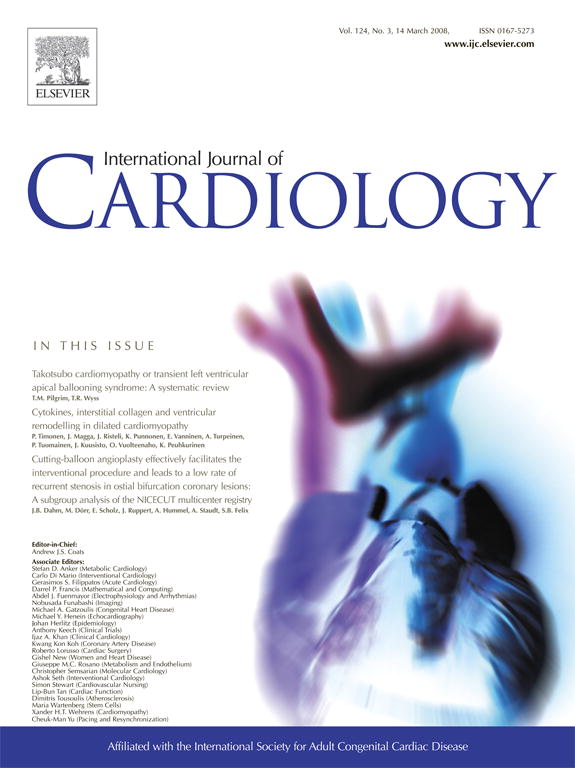Project Description
Background: To evaluate the possible independent impact of circulating total homocysteine (tHcy) levels on long-term cardiovascular mortality, in patients with either ST-segment elevation myocardial infarction (STEMI), or non-ST-segment elevation acute coronary syndromes (NSTE-ACS).
Methods: A total of 458 STEMI and 476 NSTE-ACS patients who presented consecutively, within the first 12 and 24 h of index pain respectively were studied. Each cohort was divided according to tertiles of circulating tHcy levels upon presentation. Early (30 days) and late (31 days through 5 years) cardiovascular mortality was the predefined study endpoint.
Results: There was no difference in the risk of 30-day cardiovascular death among the tertiles of tHcy in patients with STEMI (7.2%, 8.5% and 12.4% for the first, second and third tertiles respectively; ptrend=0.3) or NSTE-ACS (3.1%, 3.8% and 5.7% for the first, second and third tertiles respectively; ptrend=0.5). Patients in the upper tHcy tertile were at significantly higher unadjusted risk of late (from 31 days trough 5 years) cardiovascular death than those in the other two tertiles in STEMI (23.4%, 27.9% and 41.8% for the first, second and third tertiles respectively; ptrend b0.001), and NSTE-ACS (24.7%, 28.1% and 45.6% for the first, second and third tertiles respectively; ptrend b0.001) cohorts. However, after adjustment for baseline differences, there was no significant difference in the risk of late cardiovascular death among tHcy tertiles in either cohort. When circulating tHcy levels were treated as a continuous variable, they were significantly associated with late cardiovascular death (pb0.001 for both cohorts) by univariate Cox regression analysis, but not by multivariate Cox regression analysis (p=0.8, and p=1 for STEMI and NSTE-ACS cohorts, respectively).
Conclusions: Based on the present data circulating tHcy levels determined upon

